
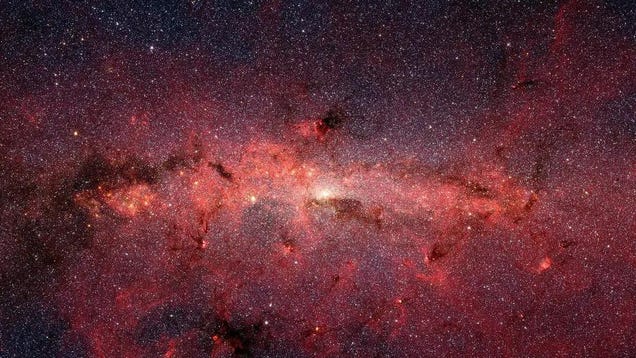
Stars very close to the center of our galaxy could be fueled by dark matter in perpetuity, according to a team of astronomers who recently studied the distant light sources.
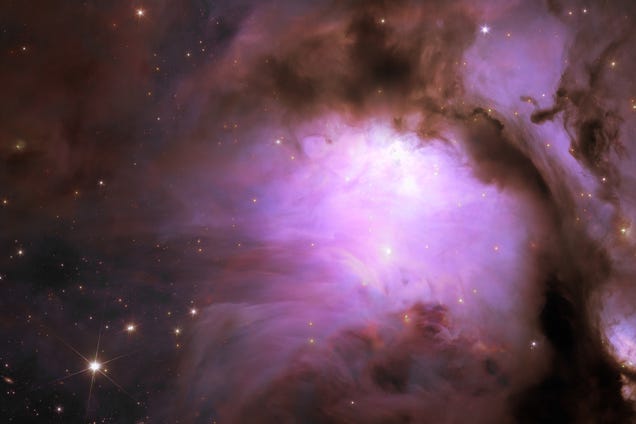
In July 2023, scientists launched the Euclid Space Telescope into orbit with a straightforward, albeit massive, task: to map the dark universe, revealing the dark matter and dark energy that we cannot directly observe but makes up the bulk of everything.
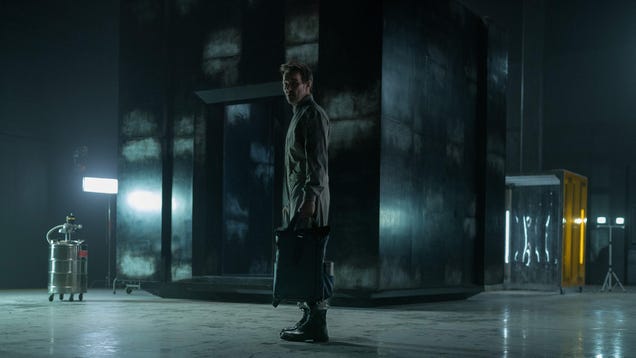
If you’ve read Blake Crouch’s 2016 novel Dark Matter—and a lot of people have, considering it’s a best-seller—you’re probably wondering how

First things first: this Dark Matter is not related to the cult-beloved Syfy series of the same name that ended its run in 2017.
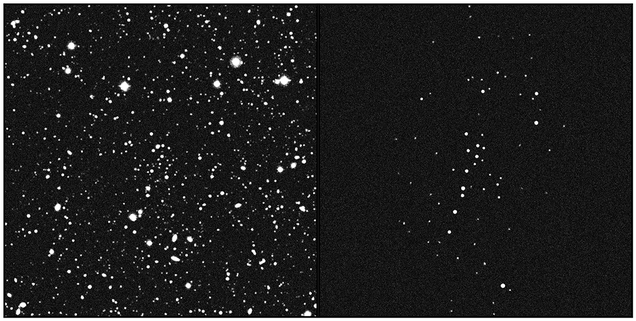
A collection of stars 30,000 light-years away is the faintest and lowest-mass Milky Way satellite ever found, according to the group of scientists who recently observed it. Oh, and it may be dominated by dark matter, the unknown stuff that makes up about 27% of the universe.
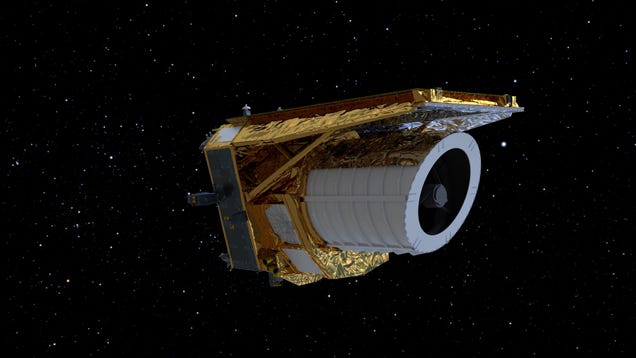
The European Space Agency’s (ESA) Euclid telescope is back in action after an experimental procedure restored its ability to see the light in the cold, dark depths of space.
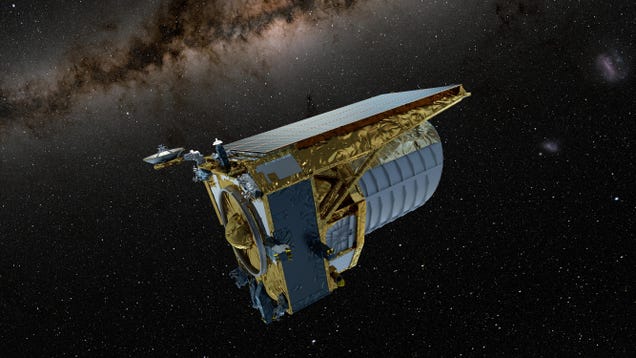
The European Space Agency’s (ESA) Euclid telescope has been gradually losing its vision as layers of water molecules have frozen onto its mirrors. That’s bad news for a mission tasked with observing the dark universe using super-sensitive cameras, but the team behind the telescope has come up with a plan to keep…

A collision of two extraordinarily dense, collapsed stars in the distant universe is providing potential clues to the axion, a dark matter candidate first proposed half a century ago.
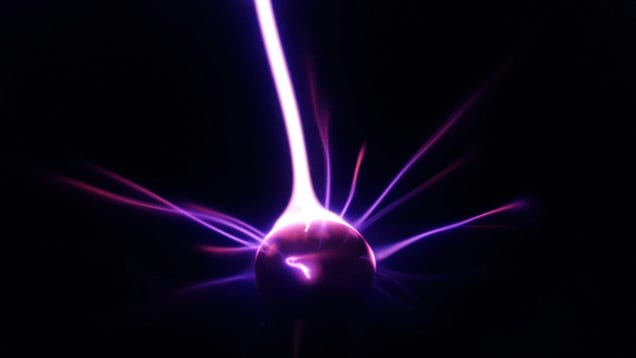
Despite keeping us grounded and warping light that travels through space, gravity is actually quite a weak force. The smaller the mass, the less gravity appears to have any pull, until at quantum scales it appears to have no force at all.
